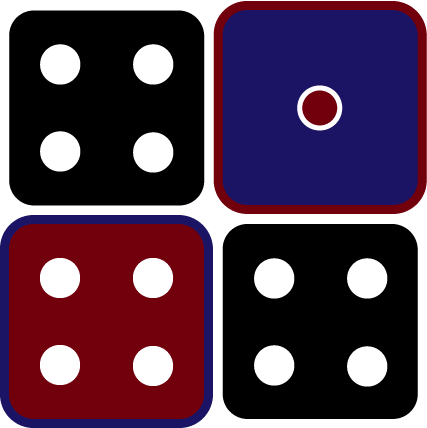Fantasy Device
For the first day of class, we mainly did introductions and discussed the syllabus. At the end of class we got in groups to prototype a fantasy device. Our group chose to make a meal 3D printer. We gathered items from the free-for-all junk shelf and built something which has a similar look to a microwave. On the top, we have slots where cartridges can be inserted. A tube runs from there into the contraption, where it would print the meal. We used a children's toy as an interface for choosing settings or to help you decide on a meal. This assignment was a fun way to get to know people in class and to exercise outside the box thinking.
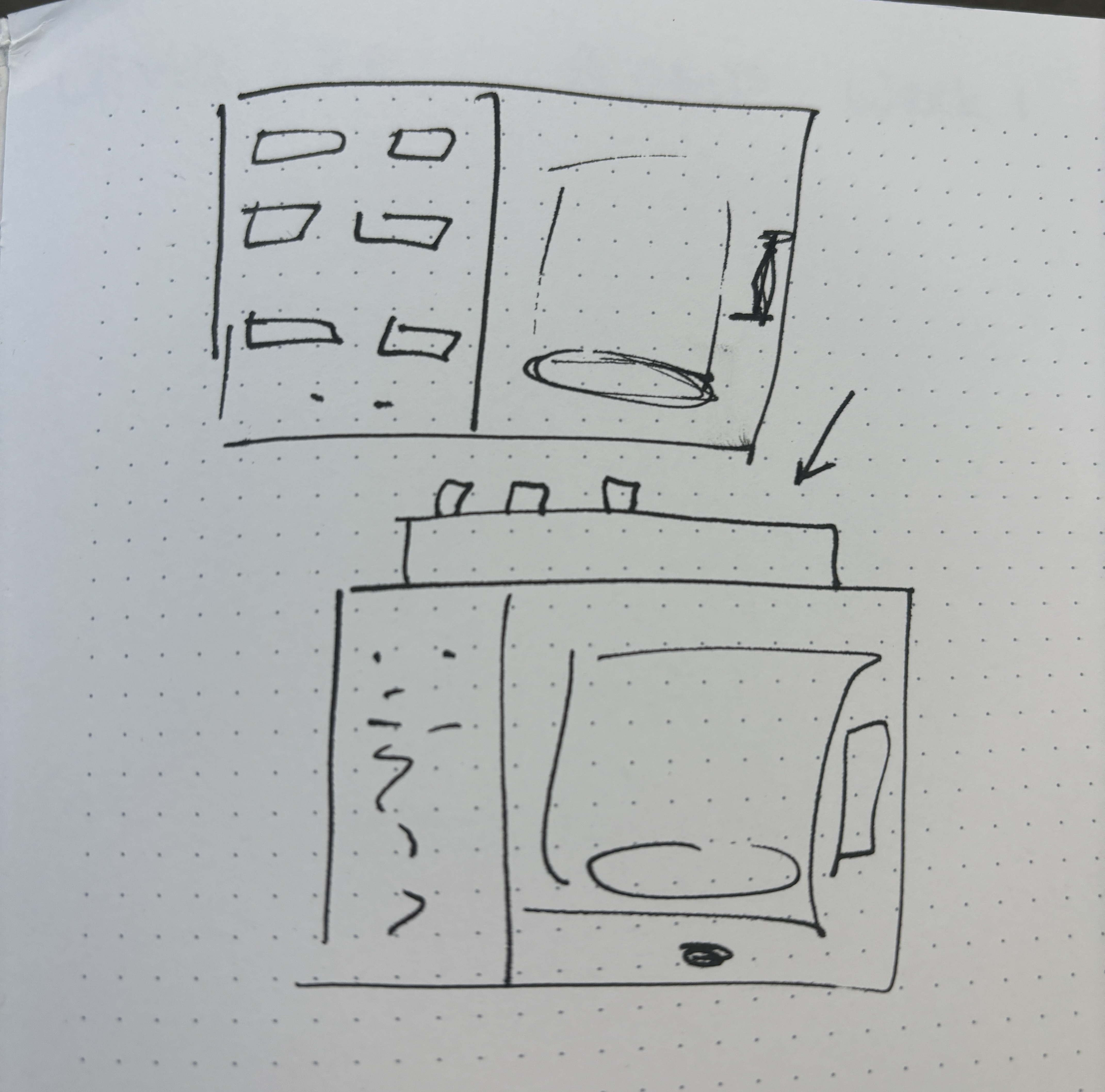
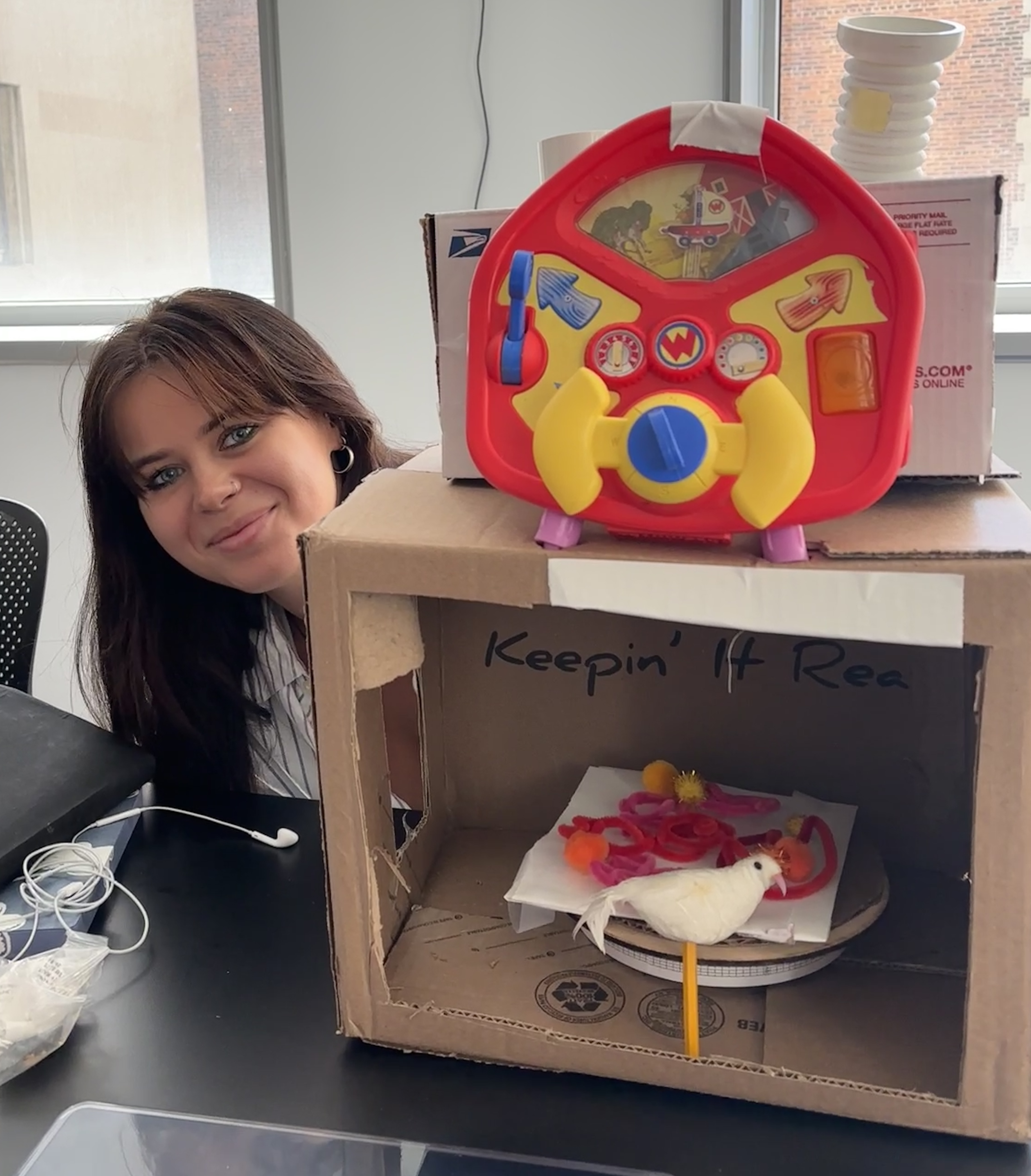
Labs
These labs were already pretty difficult for me. I'm not very good with electricity and I'm not great at memorizing terminology and equations. I now understand the very basics of creating a circuit, but I still need to work on figuring out / remembering the use cases of parts and the diagrams. It wasn't helpful that a number of the arduino images in the labs were showing breadboards being powered by a DC adapter w/ a battery rather than the arduino plugged into the computer, so when I was setting mine up I got confused.. I'm feeling pretty nervous to move into the next labs, because this should be simple and I'm already having trouble understanding. When we start to bring code into it, I'm worried that I'll quickly get lost. Overall, I'm going to keep reviewing the material and asking for help until more of it sticks.
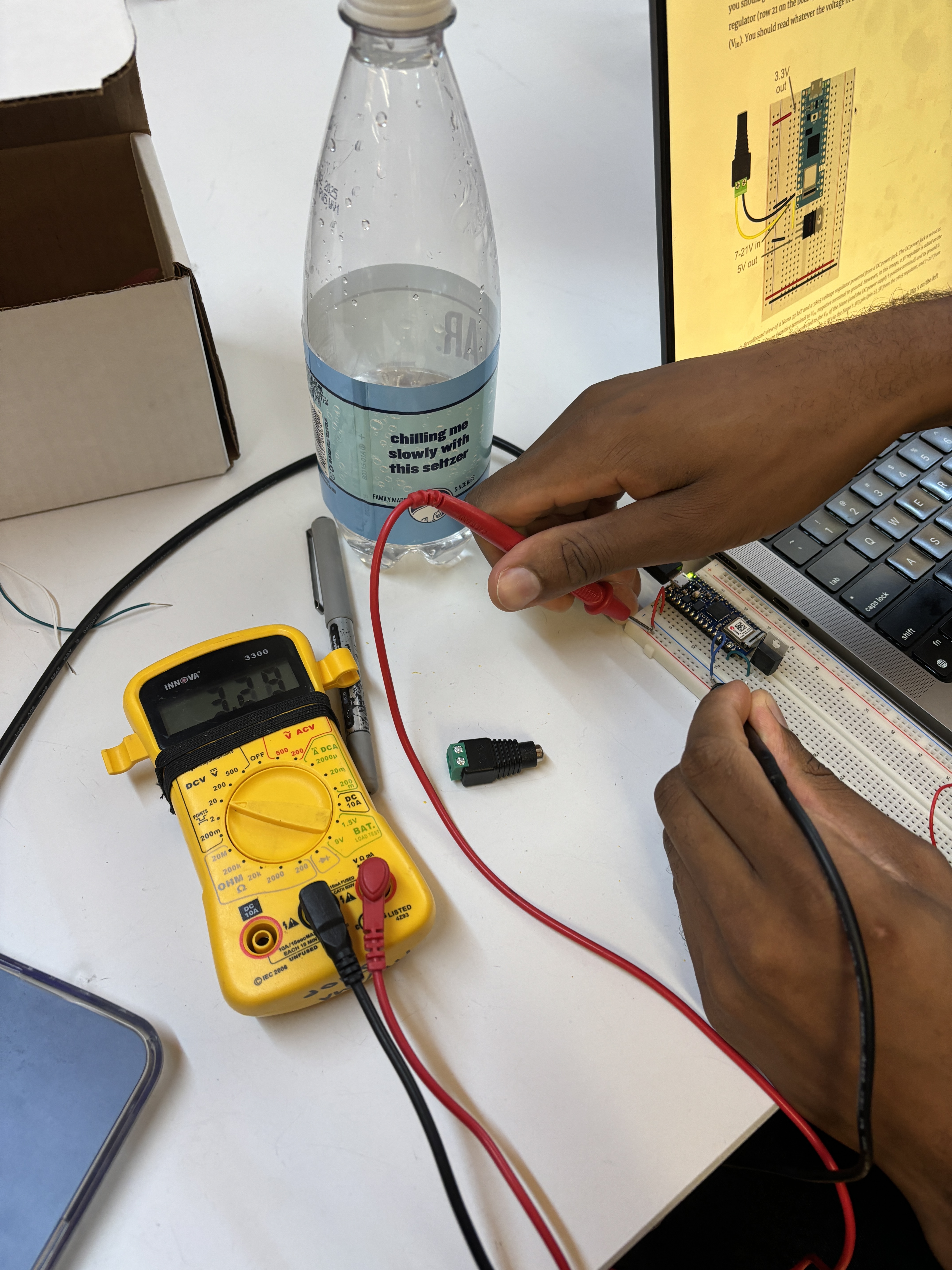
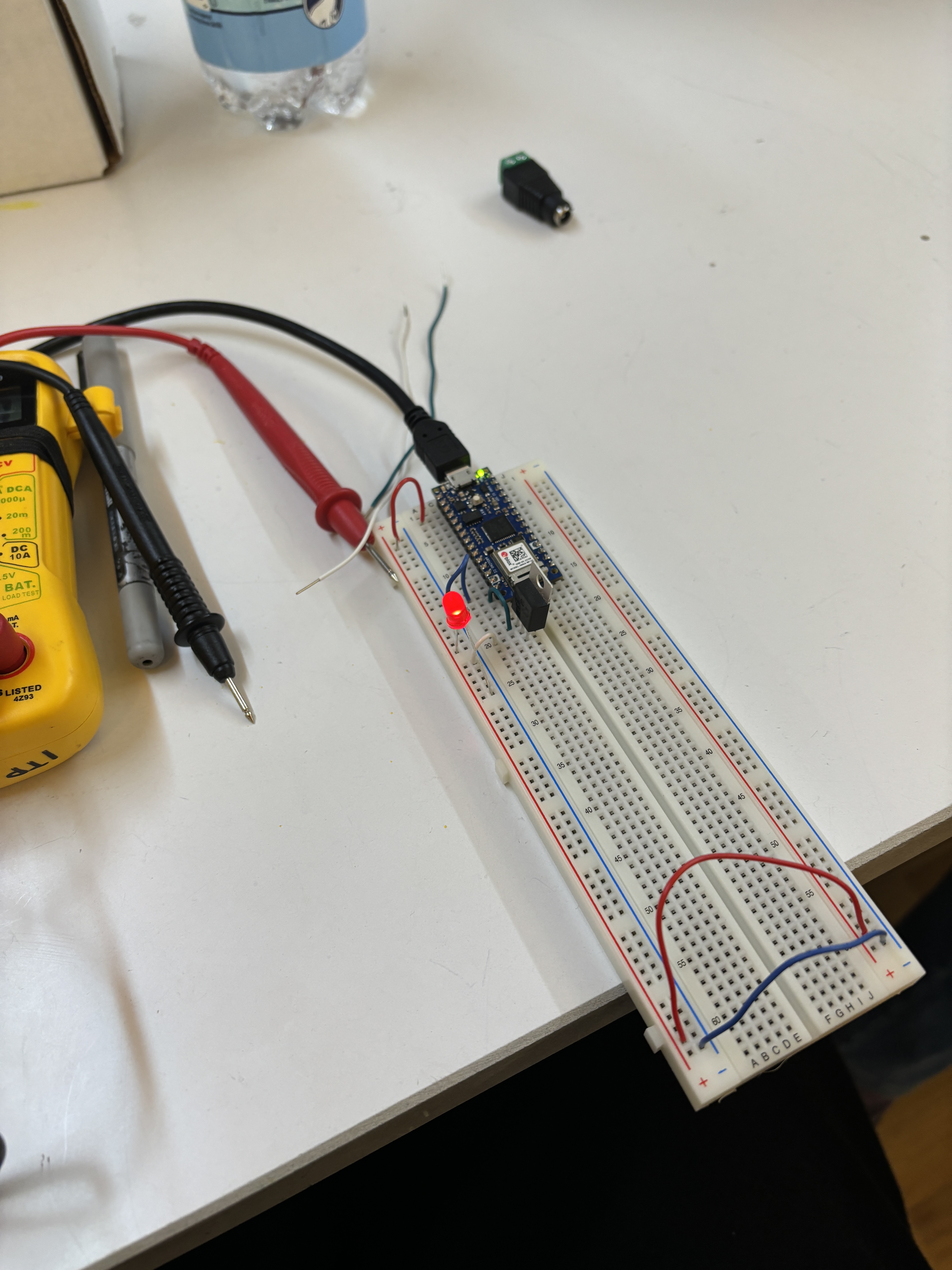
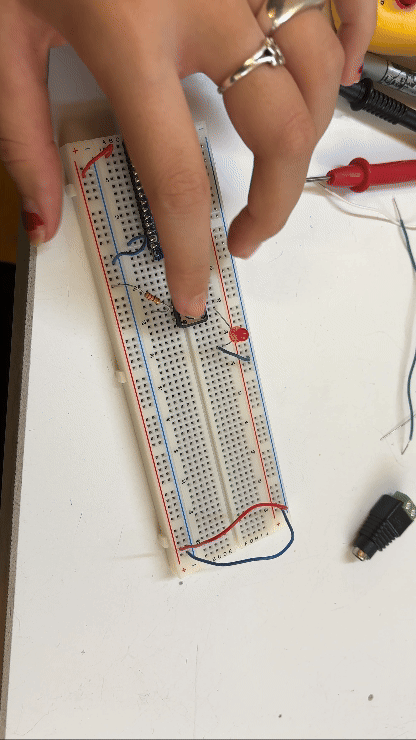
Readings
Bret Victor, A Brief Rant on the Future of Interaction Design
This was an incredibly interesting read; I agree that the future interfaces he's talking about are boring. Mostly because they basically exist already,
and any upgrades to them would be expected and not very interesting in the end. One of the failings of touch screens, tablets, and smart devices is the inability to dig in with all the senses. You can listen to music, you can see (but mostly in 2D), but there
isn't intentional scent or feeling. A lot of these futuristic devices are interested in virtual reality as well, with VR glasses, livable VR worlds being developed. That direction feels incredibly escapist. Why are we creating a new world to live in, which is arguably worse than physical reality because of the lack of sensation. You're losing aspects
of bodily autonomy and human experience (which I think would be psychologically detrimental over time). Instead, we should be thinking of technologies that enhance the world we live in. Now that I'm thinking of it, 4Dx movie theaters (although not really a tool) are a great example of taking media and making it more real as you experience it. It purposefully tries to access all your senses to make you feel absorbed.
Now I'm definitely going to be thinking about how the things I create enhance reality rather than detach from it.
Timo Arnall on the fallacy of invisible interfaces
My very first thought reading this was the creation of screen protectors that feel like paper when you write on them with a stylus. There is clearly a market for users who want their devices to feel more life like. I think there is lately an obsession with touchscreens for touchscreens sake currently. I mean, I've seen
vapes with touchscreens. Apple was (I think) considering putting touchscreens back onto airpods (basically backtracking to the ipod). However, I believe that the reality of touchscreens is that they were the result of trying to create interfaces that were more convenient than a computer, could hold more data than just one book or magazine. How can I carry all my books with me? How can I read the news on the go, without having to sit at a desktop.
The goal was convenience, the result was smart phones and tablets, and touchscreens got us from goal to result. Now, touchscreens seem to indicate that any device with one is convenient or cool, but the reality is that they aren't always necessary and they have the ability to overcomplicate a device. Not every device has to be 'smart'. I mean putting a touchscreen on a vape is like putting one on a hammer... there really isn't a point. I don't need to be able to search the web on every object that I pick up.
That's so dystopian.
The dynamic between touchscreen interfaces / current tech and 'invisible design' is interesting because they are clearly on opposite ends of a spectrum (like many things this day and age). Obviously,
the touchscreen frenzy needs to stop, but to say that the solution is the disappearance of technology is an overstatement. First, technology is more than just the ipad, it's more than the internet. The real solution to this problem is be more mindful about our goals as creators / inventors. We shouldn't be following trends if we want to evolve.
